Constitutional Law at Nepal
Nepal’s constitutional law is a key aspect of its political and legal system, establishing the framework for governance, the protection of rights, and the functioning of institutions. Nepal has undergone significant constitutional changes over the years, particularly after the end of its monarchy and the establishment of a federal democratic republic. The Constitution of Nepal 2015 is the current constitution, and it is a comprehensive document that outlines the structure of government, individual rights, and national policies.
Here’s an overview of Constitutional Law in Nepal:
1. Historical Context and Evolution:
Nepal’s constitutional history has evolved through various stages:
Monarchical System: Nepal was a monarchy for centuries, with kings holding absolute or constitutional powers.
First Constitution (1959): Nepal’s first democratic constitution was enacted in 1959, establishing a parliamentary system. However, it was dissolved by the king in 1960, leading to periods of political instability.
The 1990 People's Movement (Jana Andolan): The 1990 revolution led to the restoration of multiparty democracy and the introduction of the Constitution of Nepal, 1990, which was a significant step toward constitutional monarchy and democracy.
End of the Monarchy (2008): After the decade-long Maoist insurgency and the subsequent peace process, Nepal abolished its monarchy in 2008, declaring itself a federal democratic republic.
The Constitution of Nepal 2015: The Constitution that currently governs Nepal was adopted in 2015, following a long process of political negotiation and drafting.
2. The Constitution of Nepal 2015:
The Constitution of Nepal 2015 is the fundamental law that provides the legal framework for the country's governance and functioning. It is a written constitution, divided into 35 parts with 308 articles, and includes 9 schedules. The constitution is designed to establish Nepal as a federal democratic republic, promoting human rights, democracy, and the rule of law.
Key Features of the Constitution of Nepal 2015:
Sovereign and Democratic Republic:
Nepal is defined as a sovereign, secular, inclusive, democratic, federal, and republican state. This is a significant shift from the monarchy to a republic, where sovereignty resides with the people.
The constitution declares that Nepal is a secular state, meaning there is no state religion, and religious freedom is guaranteed.
Federal Structure:
Nepal is divided into 7 provinces, each with its own legislature and government. This federal system ensures greater autonomy and decentralization of power.
The constitution provides for power-sharing between the central government and provincial governments, with powers distributed across various levels of government.
Separation of Powers:
The constitution establishes a separation of powers among the three branches of government:
Executive: The executive power lies with the Prime Minister (head of government) and the Council of Ministers.
Legislature: The Federal Parliament consists of two houses: the House of Representatives (lower house) and the National Assembly (upper house).
Judiciary: The judiciary is independent, with the Supreme Court at the apex. The judiciary interprets and enforces laws, including constitutional provisions.
Fundamental Rights and Freedoms:
The Constitution guarantees a wide range of fundamental rights, including civil, political, economic, and social rights.
These rights include the right to equality, freedom of speech, right to education, freedom of assembly, the right to work, and the right to a clean and healthy environment.
The constitution prohibits discrimination on the grounds of gender, ethnicity, religion, or disability.
Special provisions are made for the protection of Madhesi, indigenous people, women, Dalits, and other marginalized communities.
Monarchy and Symbolic Role of the King:
The King of Nepal no longer holds any political or governing power after the declaration of Nepal as a republic in 2008. The monarchy was formally abolished by the parliament, making Nepal a republic.
The President of Nepal is now the ceremonial head of state, while the Prime Minister holds executive power.
Constitutional Amendments:
The constitution allows for amendments. However, for certain provisions—such as the federal structure and the sovereignty of the country—amendments require a two-thirds majority in both houses of parliament, along with ratification by the provincial assemblies.
3. Government Structure:
The Executive:
The President is the ceremonial head of state, representing the nation in diplomatic and ceremonial functions. The President’s powers are largely symbolic, with real executive authority residing with the Prime Minister.
The Prime Minister is the head of government and is the leader of the largest party or coalition in the House of Representatives. The Prime Minister is responsible for the formation of the Cabinet and the direction of government policy.
The Legislature:
The Federal Parliament of Nepal consists of two chambers:
The House of Representatives: A directly elected chamber with 275 members, responsible for lawmaking, budget approval, and holding the government accountable.
The National Assembly: The upper house of the legislature, consisting of 59 members, with a focus on representing the provinces and diverse communities.
The Judiciary:
The Supreme Court is the highest court in Nepal, and it plays a critical role in ensuring that laws align with the Constitution. The judiciary also handles disputes regarding the federal structure and issues related to constitutional rights.
Judges are appointed based on qualifications and through a selection commission.
4. The Role of the Treaty of Peace and Friendship with India:
One important aspect of Nepal's foreign policy has been its relationship with neighboring India. Nepal has maintained a special relationship with India due to geographical, cultural, and historical factors.
Nepal has been in disputes over border issues, especially the territories of Kalapani, Lipulekh, and Limpiyadhura. The Constitution of Nepal mentions the importance of protecting Nepal’s sovereignty and territorial integrity, which has been central to these diplomatic disputes.
5. Constitutional Challenges and Debates:
Ethnic and Regional Representation:
One of the primary challenges faced by Nepal’s constitution has been ensuring inclusive representation for various ethnic groups, indigenous people, and marginalized communities. The constitution seeks to address these issues through provisions like proportional representation and affirmative action in the legislature and civil services.
Federalism in Practice:
Although the constitution envisions a federal system, the practical implementation of federalism has faced challenges, particularly regarding the distribution of resources and the balance of power between the central government and the provinces.
Political Instability and Disputes:
Nepal has experienced political instability since the adoption of the 2015 Constitution, with protests from certain communities (e.g., Madhesi, Tharu, and others) over issues related to federal boundaries and representation.
Amendments and Interpretation:
Several provisions of the constitution have been amended or are under review, such as those relating to citizenship and electoral reforms. The constitution allows for amendments, but there are debates about whether the process is too restrictive or overly political.
6. Conclusion:
Nepal’s Constitution of 2015 provides a robust legal framework for the country, establishing the structure of a federal democratic republic, protecting human rights, and promoting inclusive governance. While the constitution has brought significant reforms, Nepal faces ongoing challenges in fully implementing its federal structure and addressing the demands of various ethnic and regional groups. The evolution of constitutional law in Nepal will continue to be shaped by these challenges, as well as by efforts to strengthen democracy and the rule of law.



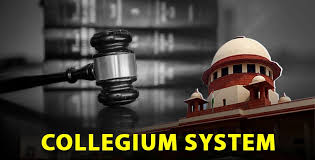


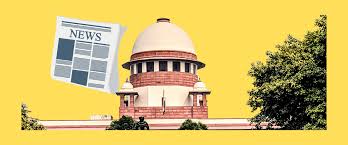

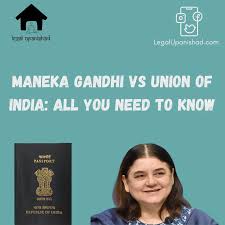
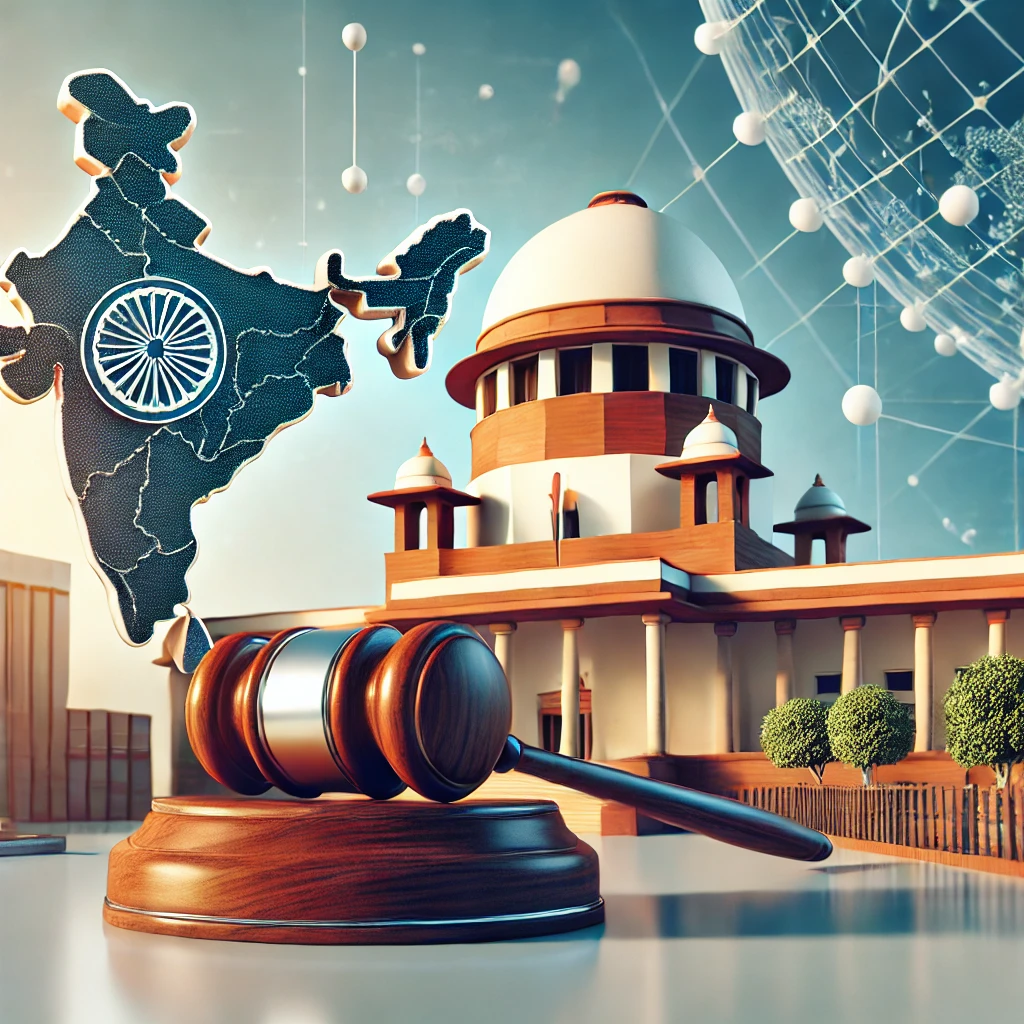




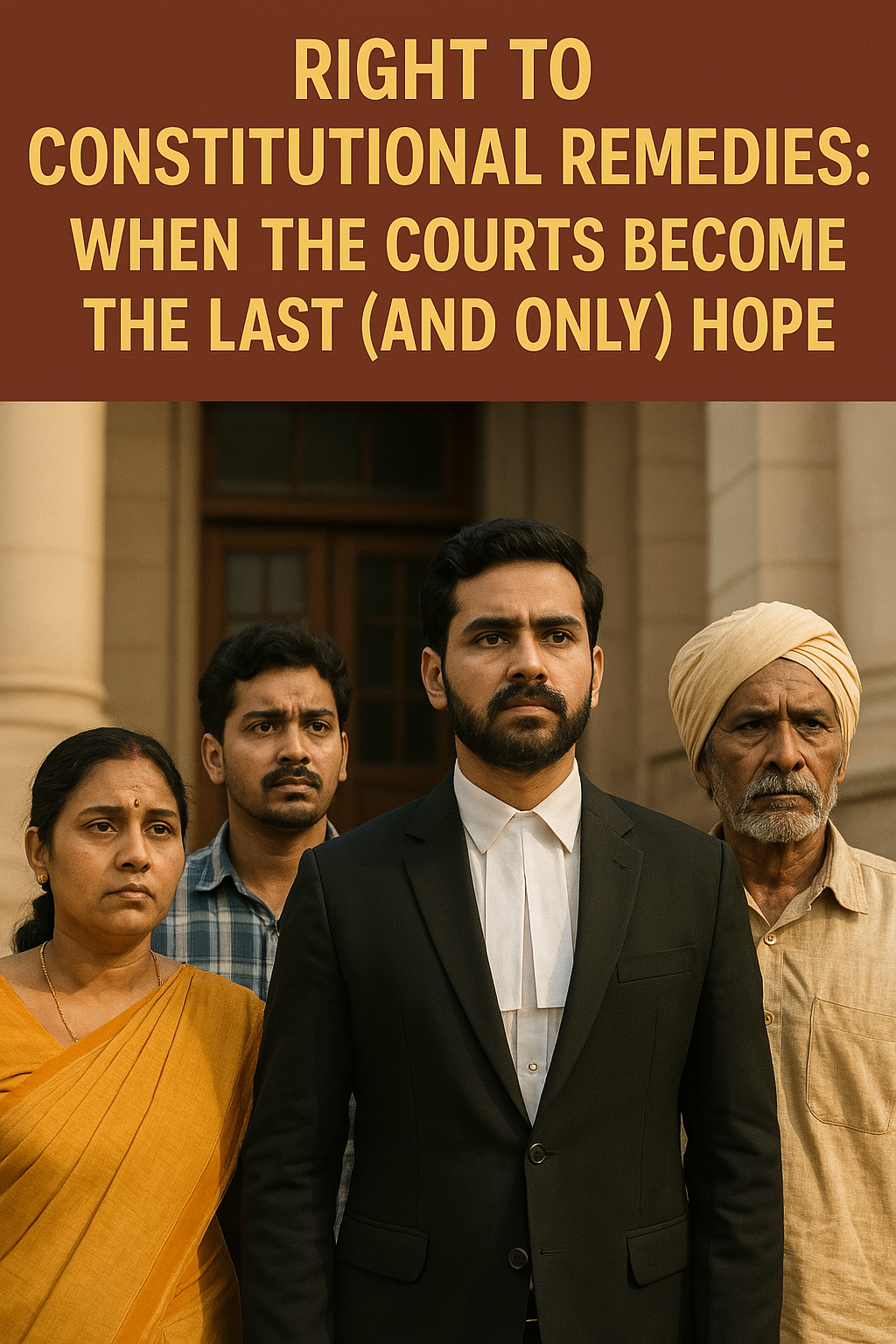



0 comments